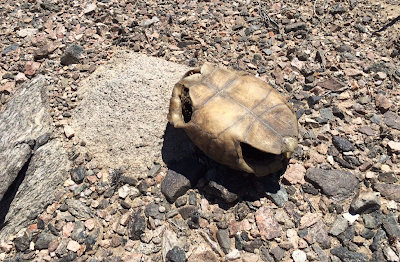Final Plans for Public Lands Portion of DRECP Introduce Ambiguity

The Department of Interior on Tuesday released the final environmental impact statement for the first phase of the Desert Renewable Energy Conservation Plan ( DRECP ), which significantly alters the land use planning for public lands administered by Interior in the California desert. Although the final version expands conservation designations that were popular in the draft DRECP, it also seems to introduce uncertainty for nearly 802,000 acres of "unallocated" lands that are neither part of conservation nor a development designation. The public has 30 days to submit any concerns regarding the final draft before it is made official by a Record of Decision. Subtle Change Has Significant Impacts If you looked at the draft DRECP released for public comment late last year you probably paid attention to where large-scale energy development would be allowed, and where it would not. After all, it is the added threat posed by utility-scale energy development to publ...





